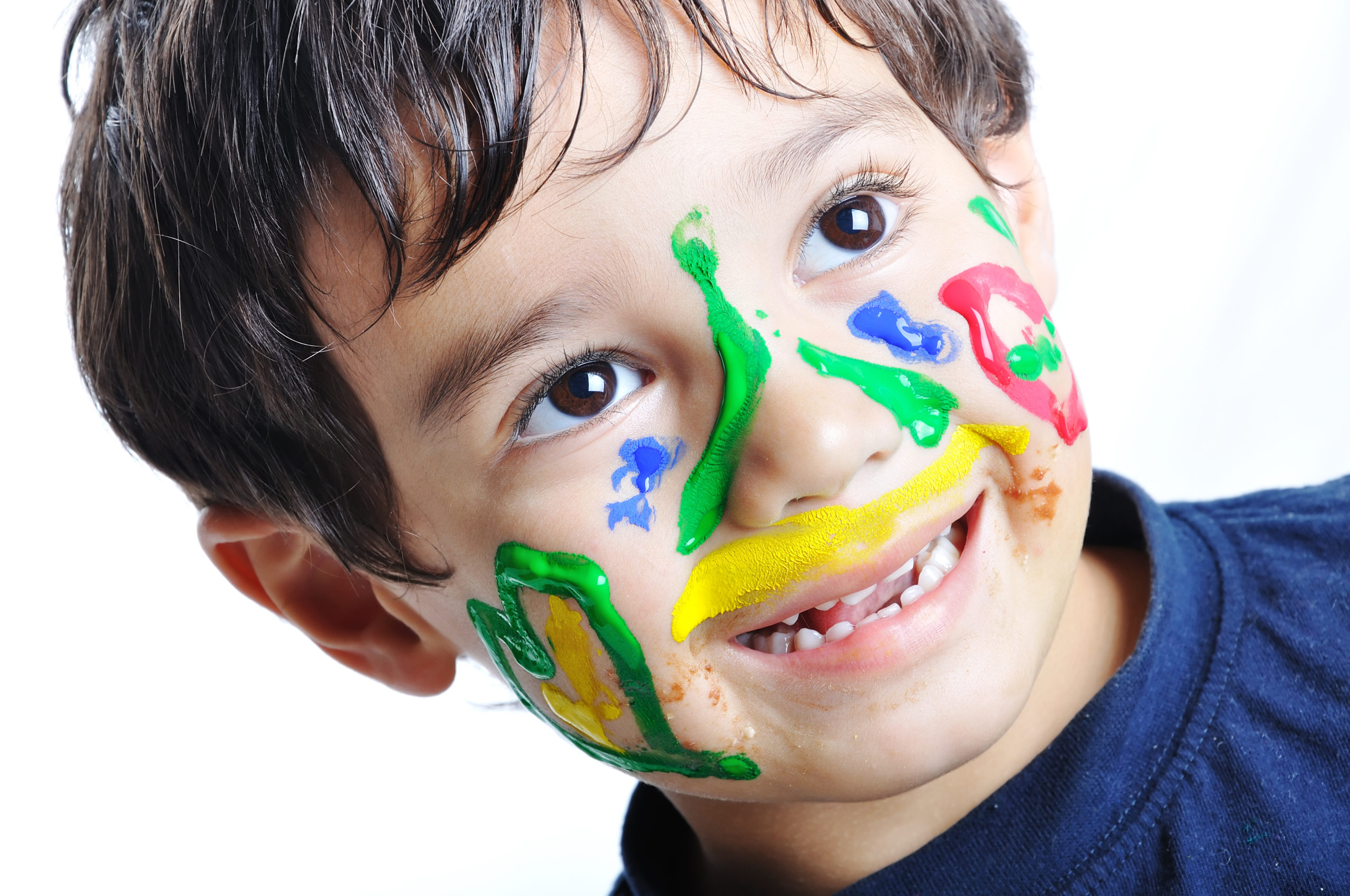Art, whether in the form of painting, sculpture, music, or film, can be a valuable addition to your media diet. Consuming art can help you relax and unwind, expand your perspective, and inspire your creative endeavors.
One way to fit art into your media diet is to set aside a specific time each day or week to consume art. For example, you could dedicate 30 minutes of your morning commute to listening to a podcast on contemporary art or dedicate an hour of your weekend to visiting a local museum or gallery.
Another way to incorporate art into your media diet is to make it a daily routine. You could hang a piece of art in your home office or kitchen that you can admire while you work or cook, or you could listen to music while you exercise or do other tasks.
Art can also be a great way to connect with others. Joining a book club, a film club, or a painting class is a great way to share your appreciation for art and gain new insights from others.
Ultimately, the key to fitting art into your media diet is to make it a priority and to find ways to make it a part of your daily life. Whether you set aside specific time for art consumption or make it a part of your daily routine, incorporating art into your media diet can be a fulfilling and enriching experience.




